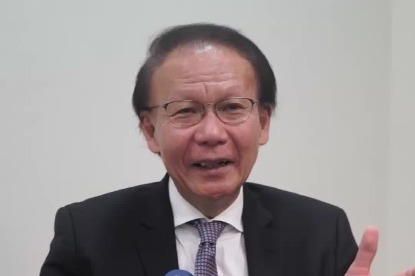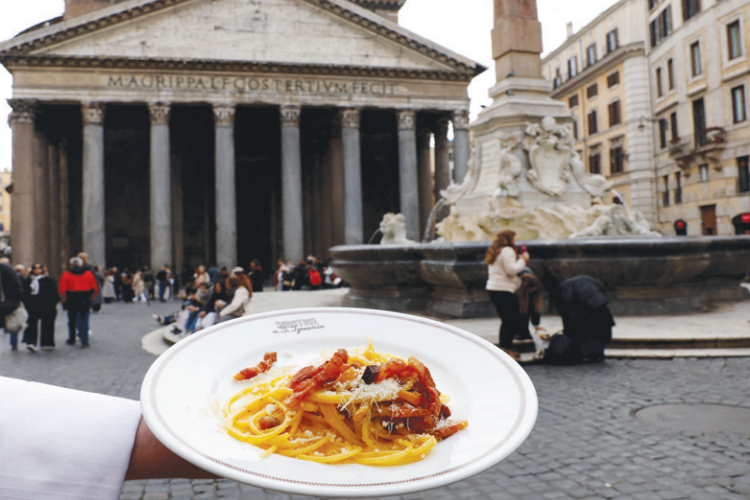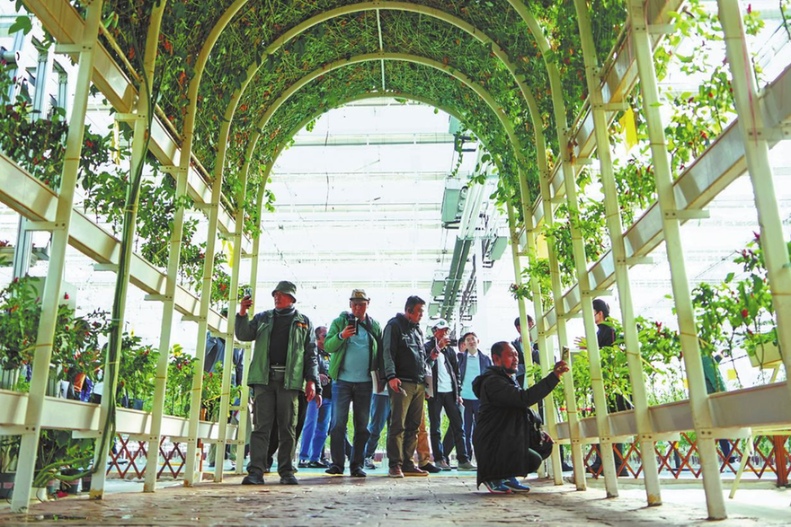Museums preserve 'root and soul' of Chinese civilization


China's impressive performance at the Paris 2024 Olympic Games is a source of pride but, after visiting several Chinese museums this summer, I was reminded that Chinese people should be equally proud of their rich history and culture — and museums are powerful vehicles for preserving and promoting them.
In Jingdezhen, Jiangxi province, also known as the China's "porcelain capital" for its 1,000-year-old tradition of producing ceramics, I enjoyed the wonders of the ceramics museum.
Equally impressive were the hundreds of ceramic artists' stalls lining the streets, the workspaces for foreign artists in residence, and workshops where families could experience pottery making together. The museum served as the catalyst that made all this possible.
I also visited the Six Arts Museum in Lili, a water town near Shanghai. The museum's 40,000 exhibits, ranging from sideboards and baby carriages to plaques and heirlooms, provided a window into Chinese village life over the centuries. These everyday objects, while probably not as glamorous as imperial vases, deepened my appreciation for the culture and history rooted in the lives of ordinary Chinese people.
This summer, I explored many other museums across China, almost all filled with visitors, young and old, eager to engage with the country's long history. I was particularly struck, throughout my travels, by the numerous groups of school students, led by their teachers, who expressed their amazement and excitement at the exhibits.
This renewed interest is no accident.
While Chinese President Xi Jinping has advocated all year for "new quality productive forces", he has also committed the nation to invest in preserving and celebrating its history.
The Chinese government's emphasis on promoting traditional Chinese culture, bringing cultural relics "alive", and fostering cultural exchanges and mutual learning across civilizations has helped spark this surge in museum attendance.
President Xi has consistently described China's traditional culture as the "root and soul" of the nation. The resolution passed in July by the third plenary session of the 20th Central Committee of the Communist Party of China also called for preserving heritage, enhancing cultural services and products, and expanding the appeal of Chinese culture.
As a history undergraduate major, I deeply appreciate China's efforts to magnify its culture and history while improving access by opening new museums. This will allow more people, both at home and abroad, to connect with China's rich cultural legacy.
China's growth in museums is remarkable, with one new museum opening every two days on average — a rate that is likely unmatched worldwide. This expansion is astonishing, with nearly 7,000 museums already in existence as of a 2022 report.
Beyond their growing numbers, many museums are using modern technology to engage young people through interactive exhibits, action learning, and QR codes that provide additional information. Creative museum directors see technology not as competition but as a tool to draw in and engage more visitors. I also note that many schools nationwide are integrating museum visits into their core and elective curricula, helping students build a deeper connection with the country's heritage.
Chinese museums are also striving to attract international visitors. With improved translation services and increased visibility through more than 50 World Heritage Sites listed by UNESCO, China's global appeal is growing, setting the stage for a resurgence in tourism.
Chinese people are rightfully proud of their history, as few nations can match China's continuous cultural legacy spanning 5,000 years. Even fewer can boast such a wealth of artifacts that bring that history to life.
Preserving and presenting history in engaging ways is crucial because it inspires today's museumgoers and drives them to achieve significant advances not only in the arts but also in fields such as science and technology to leave lasting impacts. Museums are not mere warehouses for objects — they are places of reflection, inspiration and education. The successes of future generations are built on the accumulated knowledge and achievements of those who came before. In addition, respect for the past also nurtures respect for the elderly in an aging society, benefiting the common good.
However, China's museum directors may consider certain areas in order to build further on the momentum.
In many museums, managing large crowds is becoming an issue. The most popular museums may need to expand their facilities or implement timed entry tickets and admission fees. Traveling exhibitions in major cities such as Beijing, Shanghai and Xi'an in Shaanxi province could also bring top-quality museum experiences to less developed areas.
Additionally, museum directors should not only preserve the past as an end in itself but celebrate it as an inspiration for the future. For instance, this year's Shanghai Biennale held at the Power Station of Art brought together artists from my institution, Duke Kunshan University, and many others worldwide in a multidisciplinary showcase addressing topics from space exploration to the origins of consciousness, aiming to inspire creative solutions to complex global challenges.
Given museums' role in fostering cross-cultural understanding, improving access for international visitors is essential. National and provincial museum passes available for advance purchase could help make China's cultural treasures more accessible to foreign tourists.
In summary, museums are more than mere monuments to history — they are living bridges connecting the past to the future. In an age where rapid technological change can sometimes obscure the deeper roots of our identities, these institutions anchor us, reminding us that the soul of a civilization is found not only in its innovations but in its reverence for the wisdom and creativity of generations long gone. By investing in preserving their culture, the Chinese people ensure that their rich legacy continues to inspire both present and future generations.
The author is executive vice chancellor and distinguished professor of social science at Duke Kunshan University in China and the John deButts professor of practice at Duke University's Fuqua School of Business in the United States. The views do not necessarily reflect those of China Daily.
































